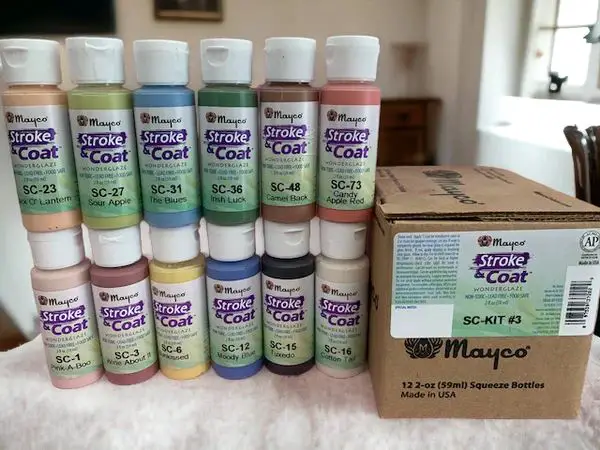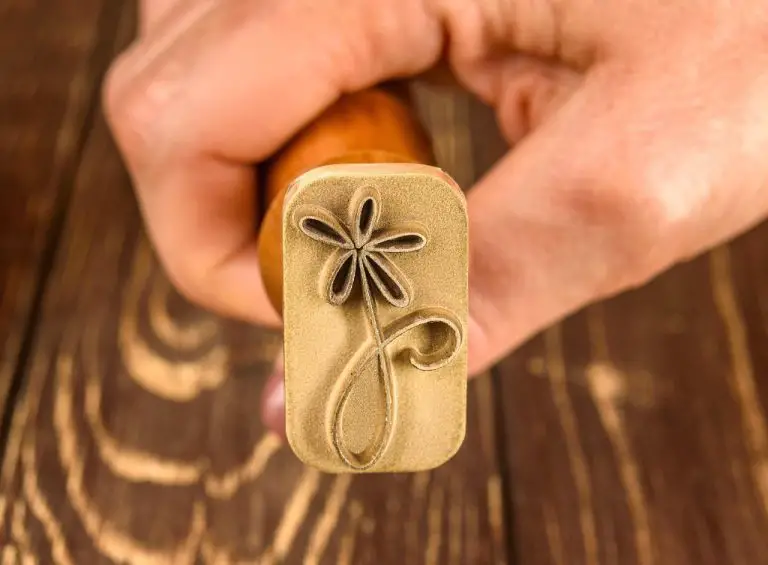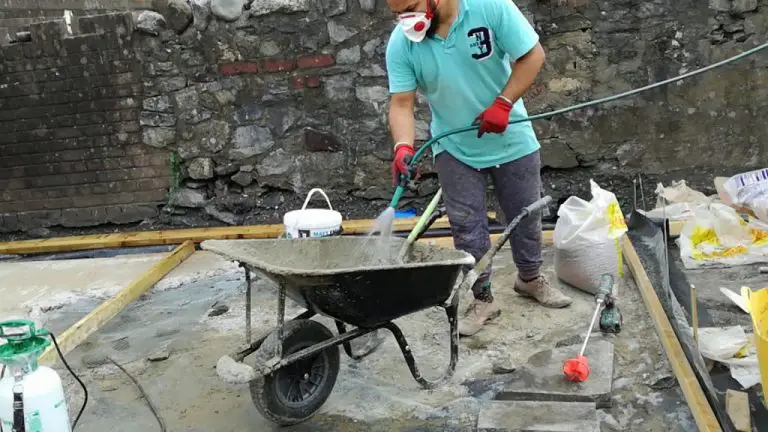What Does Slab Mean In Construction?
A slab is an important concept in building and construction. It refers to a flat, broad, thick piece of concrete that serves as the foundation or base of a building or structure. Slabs are a critical component in many construction projects and serve several key functions.
Slabs provide a stable, solid surface for the walls and columns of a building to rest upon. The slab distributes the weight of the structure over a large area, minimizing the pressure exerted on the soil underneath. This is important for preventing excessive settling and cracking of the foundation.
In residential construction, slabs are commonly used as the subflooring throughout the home. The slab creates a smooth and level surface for the installation of flooring materials like tile, wood, and carpeting. Industrial and commercial buildings also utilize slabs to support heavy machinery and equipment.
Overall, a slab is a rigid horizontal layer of hardened concrete that forms an essential base or platform in construction projects. Understanding slabs is key for architects, engineers, contractors and anyone involved in building design and construction.
Slab Types
There are several common types of slabs used in building construction:
Concrete Slab
A concrete slab is a common structural element made of concrete that is used to provide a solid, stable surface. Concrete slabs are often used for floors, roofs, patios, and more. They are cost-effective and durable. Concrete slabs can be reinforced with rebar or fiber mesh to increase strength. Typical thicknesses range from 4-8 inches.
Suspended Slab
A suspended slab, also known as a suspended concrete slab, is supported by beams or walls rather than resting directly on the ground. This allows for space underneath the slab for mechanical systems or a lowered ceiling. Suspended slabs are common for upper levels of a building. They provide structural integrity while not requiring deep foundations.
Raft Slab
A raft slab, also called a mat foundation, is a large concrete slab that extends over the entire area of a structure. Raft slabs sit directly on the soil and support the building above. They distribute the structure’s weight over a large area so that the underlying soil can support the load. Raft slabs are typically used when the soil has low bearing capacity.
Flat Slab
A flat slab is a reinforced concrete slab that is supported directly by concrete columns with no beams. This creates an open layout without beams protruding below the slab. Flat slabs are constructed using a grid of columns and thickened slab sections called drop panels at column locations. This provides two-way support between the columns. Flat slabs are common in offices and apartments.
Slab Materials
The primary material used for construction slabs is concrete. Concrete provides strength and durability for structural slabs. Standard concrete is a mixture of Portland cement, coarse aggregate (gravel or crushed stone), fine aggregate (sand), and water. The ingredients are proportioned to provide a concrete slab with the desired characteristics of workability, strength, durability, and appearance (Types Of Slabs Used In Construction).
Reinforcement is also a key component of structural concrete slabs. Steel reinforcing bars (rebar) are commonly used to reinforce concrete slabs. The steel reinforcement provides strength in tension, since concrete is weak in tension. Rebar is laid out in a grid pattern within the slab prior to the concrete being poured. Wire mesh reinforcement may also be used in some slabs as an alternative to rebar (Slab | Concrete, Reinforced, Precast).
In addition to concrete and steel reinforcement, other materials such as insulation, vapor barriers, fibrous concrete mixes, and synthetic fibers may also be incorporated into certain slab designs and applications.
Slab Thickness
The required thickness of a concrete slab depends on several factors, including the span, anticipated loading, and desired strength. In general, longer spans, heavier loads, and higher strength requirements call for increased slab thickness. Here are some typical slab thicknesses for various applications:
For residential slabs like patios, driveways and sidewalks, a thickness of 4 inches is common, providing adequate strength for these lighter duty applications (source). Basement slabs are often around 3 1/2 inches thick.
Commercial and industrial floors may use 6 inches or thicker to handle heavier loads from storage, vehicles, and equipment. According to Concrete Construction, standard slab thickness for commercial construction is 5-6 inches.
Long span slabs with point loads may need to be 8 inches or more. Consulting with an engineer is recommended to properly size these types of slabs.
Increasing the strength of the concrete and adding reinforcement can allow for thinner slabs in some cases. However, there are practical minimums based on workability of the concrete and protection of the reinforcement.
Reinforcement
Concrete slabs require steel reinforcement to control cracking caused by shrinkage and temperature changes. The purpose of rebar in concrete is to improve the tensile strength and ductility of the slab as concrete alone is brittle and weak in tension. Reinforcing steel resists tensile stresses and bending in the slab. Common rebar sizes used range from #3 to #5 bars spaced 12” to 18” apart in each direction.
Reinforcing bars for concrete slabs are usually laid out in a grid pattern and tied at intersections. According to Concrete Network, a typical reinforcement recommendation for a 4-inch residential slab is to place #3 or #4 rebar spaced 18 inches on center in each direction in the middle third of the slab thickness [1]. For Construction Pros notes that welded wire reinforcement can be used as an alternative to rebar in slabs 6 inches or less in thickness [2].
Slab Foundations
A proper slab foundation is crucial for a stable and durable concrete slab. The ground underneath the slab must be well prepared. First, the soil is excavated to the desired depth, with allowances made for the slab thickness and any gravel base or insulation. The soil should be compacted to at least 95% compaction. A vapor barrier like thick plastic sheeting may be laid over the compacted soil to prevent moisture from seeping up into the slab. Rigid foam insulation boards are often placed on top of the vapor barrier for an insulated slab. The insulation provides a thermal break between the slab and ground while still allowing for an effective vapor barrier. Insulation is especially important for slabs like basement floors where warmth is desired.
Here is an excellent step-by-step guide on prepping to pour a proper concrete slab foundation:
“How to Pour a Concrete Slab or Foundation Like a Pro,” ANGI.com
Slab Finishes
Once the slab has fully cured, the concrete surface can be finished in different ways depending on the desired look and functionality. Some common slab finishing techniques include:
Smoothing and troweling – After the concrete has been poured and screeded, the surface is smoothed using a bull float or darby to remove high and low spots. Next, power trowels or hand trowels are used to further smooth and densify the surface. Proper troweling creates a durable, smooth slab with a uniform appearance. The concrete can be troweled to various degrees of smoothness depending on the intended use.
Coloring – Concrete coloring adds visual interest and makes the slab more attractive. Integral concrete colors can be added during mixing, or surface-applied stains and dyes can be used after initial curing. Popular coloring options include acid stains, acrylic stains, and colored sealers which come in a wide range of hues and effects.
Sealing – Applying a concrete sealer protects the slab from damage, stains, and wear. Sealers also enhance the appearance by providing a glossy or matte finish. Common types of sealers include acrylic, epoxy, polyurethane, and wax-based formulations. Multiple coats are often applied for maximum protection and sheen.
Other options include stamping or embossing patterns into the concrete for added texture and decor. Polished concrete is also growing in popularity, where multi-step grinding and polishing creates an elegant, smooth floor. The finishing process greatly impacts the final look, feel, and performance of the slab.
Curing
Curing is a crucial process for concrete slabs that allows the concrete to properly hydrate and harden. After the slab is poured and finished, water must be applied to the surface to facilitate curing. The general guideline is to start curing as soon as possible after finishing, and continue for 7 days.
The most common method of curing is to hose down the slab surface with water 5-10 times per day, according to https://www.diamondcutconcrete.com.au/concrete-curing/. This frequent application of water prevents the slab from drying out too quickly, allowing for proper hydration. Spraying or ponding the slab surface with water are also recommended curing techniques.
It’s important not to let the slab dry out during the curing period. Drying too fast can lead to cracking, shrinkage, and weaker concrete, according to https://www.bobvila.com/articles/curing-concrete/. Continued moisture is vital for the concrete to reach its full strength potential.
Common Slab Applications
Concrete slabs are commonly used for floors, driveways, patios, and pool decks in residential and commercial construction. They provide a smooth, durable surface that can withstand heavy foot traffic and exposure to the elements.
Floor slabs are the most common slab application. They create a solid foundation for interior floors in homes, offices, warehouses, and other buildings. Floor slabs are typically 4-6 inches thick and reinforced with steel rebar or wire mesh for added strength.
Driveways and garage floors are often made with concrete slabs. Driveway slabs are generally 4-6 inches thick with control joints cut into them to allow for expansion and contraction. Thicker slabs of 6 inches or more are best for garage floors which need to support vehicles.
For outdoor living spaces, patios and pool decks can be constructed using concrete slabs. These are usually a minimum of 4 inches thick and have a broomed or textured finish for slip resistance. Control joints are key to prevent cracking from freeze-thaw cycles.
Proper slab design, preparation, pouring, and curing are essential to create durable, long-lasting applications. Professional concrete contractors have the experience to ensure correct slab construction and installation.
Conclusion
In summary, a slab is an essential structural element in building construction that provides a flat, solid surface. Slabs are horizontal structural elements that provide a walking surface and transfer the weight of the structure to the foundation.
Slabs are typically constructed using concrete, which provides high compressive strength to support loads. The thickness of the slab is designed based on the loads it must carry, with thicker slabs used in commercial buildings and industrial settings. Steel reinforcement bars are commonly embedded within concrete slabs to increase strength.
There are many types of slabs used in construction including ground-supported slabs, suspended slabs, flat slabs, and waffle slabs. Each slab type is designed for specific applications. Proper installation, curing, and surface finishes are critical to achieve a high-quality, durable slab.
Overall, slabs are a foundational building block of modern construction. They enable multi-story buildings, large open floor plans, and heavy machinery and loads. Slabs bring strength, safety, and functionality to buildings and infrastructure.



